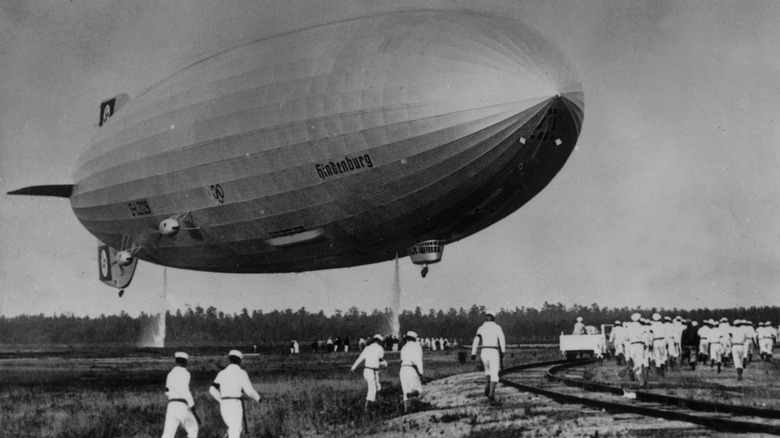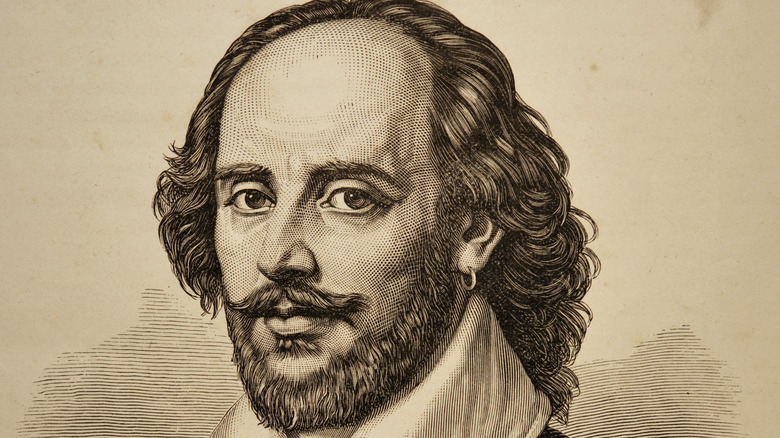
The Bible Is Actually A Library. Here’s What You’ll Find
The Bible is not one book, but dozens of them: 66 f you’re Protestant, 73 if you’re Catholic. They range in length from a few paragraphs to dozens of pages; were written in different languages at different times in history; and were written in vastly different cultural and religious contexts.
As such, the literary composition of the Bible is all over the place. A lot of the text is narrative history, with plot, settings and characters such as you’d find in a history book. Other portions are devoted to prophecy: about what was going on at the time; prophecies about what would happen after the words were written but before the modern era; and about things that are yet to happen (as some Christians believe — this is often referred to as “end times prophecy,” as NPR News reports).
Applying literary criticism to the Bible is nothing new, and scholars have categorized the content of the Bible into several different literary genres.
A library of different styles
Writing for Bible Gateway, pastor Mel Lawrence provided a study guide of sorts listing the different literary genres of the Bible.
Narrative makes up a large section of the sacred text. This simply refers to an account of what happened: the lives of prophets; various wars and the appointment of kings; the key events in the Old Testament and portions of the New Testament. Gospels refers to the first four books of the New Testament (Matthew, Mark, Luke and John), which teach about the life of Jesus and repeat some of his teachings and sermons.
Poetry is exactly what you think it is: pictures composed of words, much like all poetry throughout history. The book of Psalms is almost entirely poetry, as are sections of other books. Wisdom refers to the truisms and bits of moral guidance, provided largely in the book of Proverbs, as well as parts of Job and Ecclesiastes.
Prophecy refers to over a dozen books of the Old Testament, where Daniel, Ezekiel and the like prophesy over the state of the relationship between God and his people. Epistles refers to the letters, written to either individual congregations or specific people, in the New Testament, such as 1 Corinthians or Romans. Apocalypse is a special category unto itself, referring to the book of Revelation and the end times prophecies contained within.
A Catholic interpretation differs slightly
Different denominations will take different views. A study guide produced by the United States Conference of Catholic Bishops takes a slightly different approach.
Specifically, the Catholic Church divides the Old Testament into the Pentateuch (the first five books of the Old Testament); Historical Introduction (the books following, which largely deal with the history of God’s people after their return to the Promised Land from Egypt); Biblical Novellas, which includes the book of Esther, plus some books that aren’t a part of the Protestant Bible; Wisdom Books, which include the aforementioned Ecclesiastes, plus other books that Protestants don’t consider canonical; and Prophetic Books, which is to say, the same books of Old Testament prophecy as categorized by the Bible Gateway writer.
In the New Testament, the Catholic organization categorizes the text as including the Gospels (same as in the Bible Gateway interpretation); New Testament Letters (most of the Epistles in the text); and Catholic Letters, which includes the remaining Epistles plus the book of Revelation.

Here's What Really Happens To Your Body When You Die During A Human Stampede
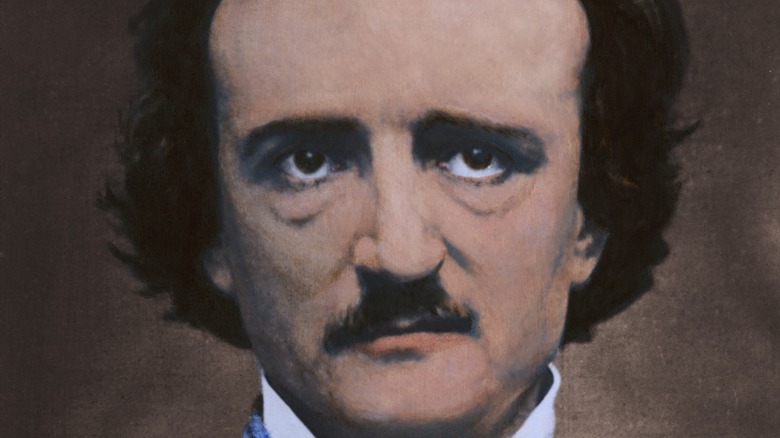
The Truth About Edgar Allan Poe's Struggles With Alcohol Addiction

How Dolphins Have Been Used As Weapons In Warfare
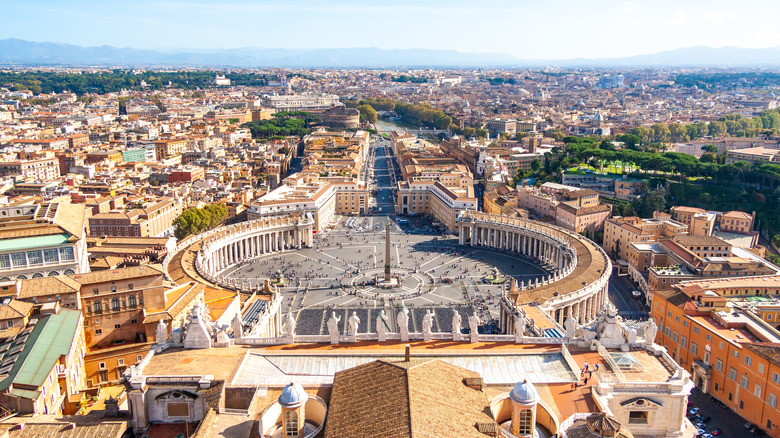
The Surprising Sports Team The Vatican Has

The Big Lie About The Holocaust You Learned In History Class

The Tragic Death Of Paul Butterfield

The Truth About Earle Nelson's Childhood
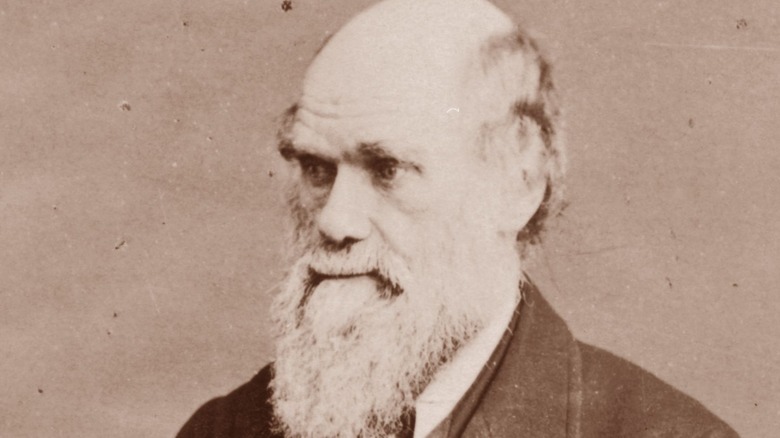
The Tragic Death Of Charles Darwin's Mother

Why Gurkhas Are Considered The Toughest Soldiers In The World

The Odd Origin Of Doctor Strange










